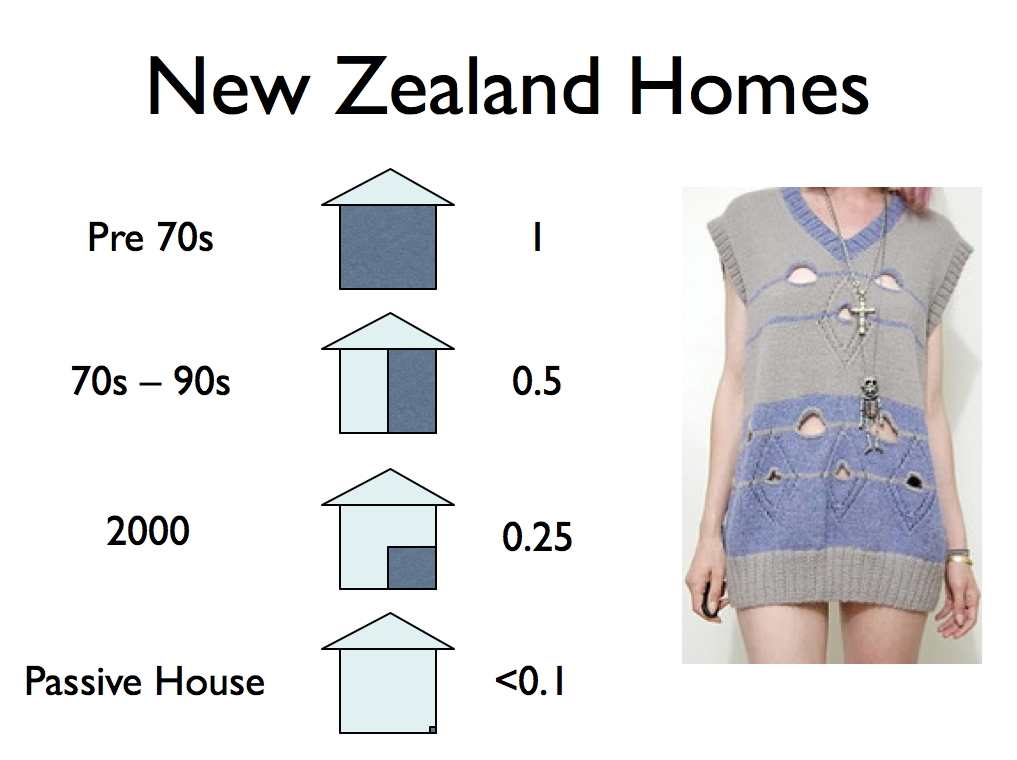Podcast: Play in new window | Download | Embed

About 10% of New Zealand homes invest in some form of retrofitted home ventilation system. But do you really need one, and if so, what for?
In this cast I talk about how to tell if your house is leaky or air-tight depending on it’s age, two basic types of home ventilation systems and the common symptoms that cause people to want to install a ventilation system.
Condensation
One of the biggest symptoms tends to be condensation. This is because it’s the most visible, unless of course your condensation problem has lead to a mould problem. Then it’s the mould that is usually most visible because it’s there all the time.
And mould IS a serious health issue. Not to mention, exceptionally ugly.
Ventilation is definitely a key part of controlling moisture and condensation within the home. But it’s generally the last part.
Insulation
The first part is adequate insulation. That’s right, it always comes back to insulation. That’s because without adequate insulation, you’re not going to keep the inside of your home sufficiently warm.
Heating
The next part is adequate, effective heating. As above, if you don’t have decent heating, you’re still not going to get warm.
Extraction
But neither insulation nor heating alone will control moisture. Indeed, warm air can carry more moisture so there’s a risk of increasing the humidity. So the next step is extraction. That is, removing sources of moisture near their source. Most commonly, this means installing a good extractor fan in the bathroom and making sure you’ve got a range hood or extracting canopy above the stove in the kitchen.
Of course other sources of moisture, such as dampness on the ground underneath the house or poorly drained areas around the home, should also be eliminated.
Only once all this is done and in a house this is relatively tightly sealed, should you then consider a whole house ventilation system.
How Airtight are New Zealand Homes?

Leave a Reply